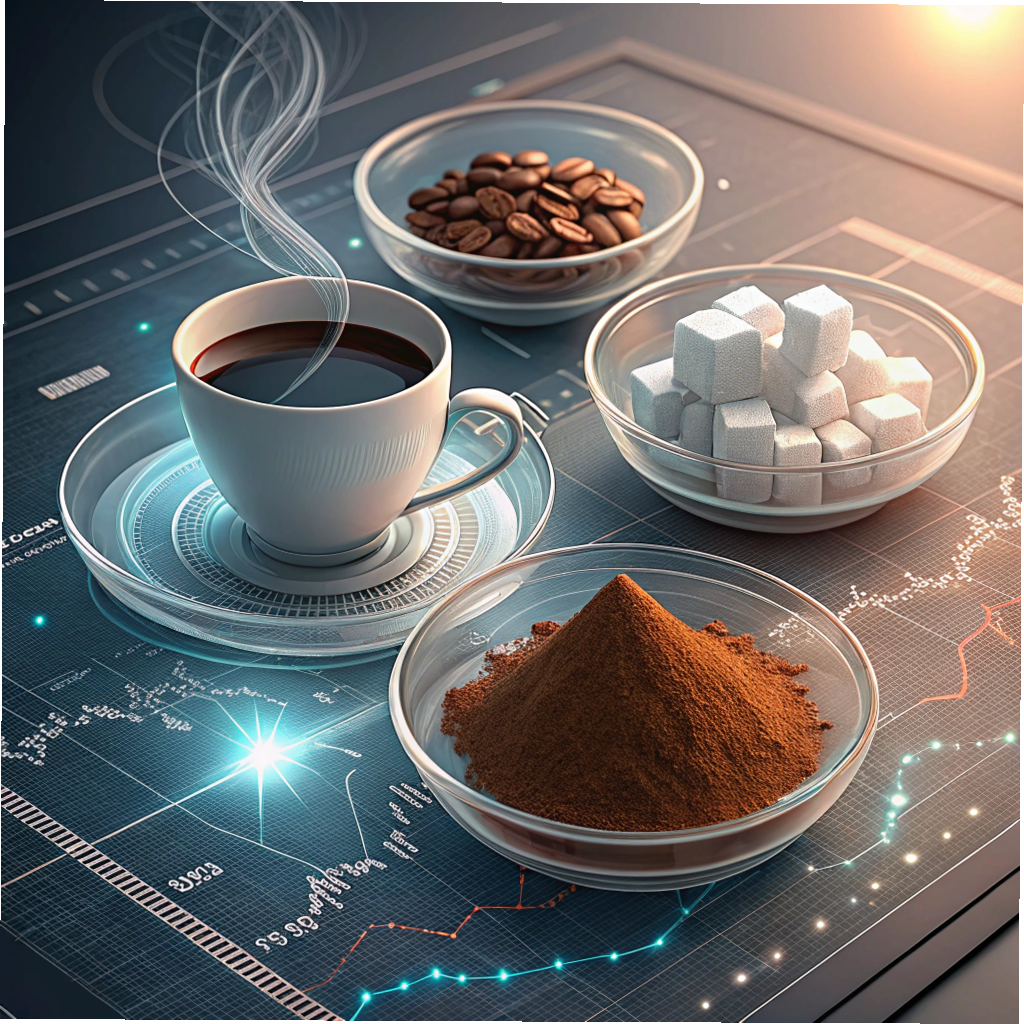Understanding Soft Commodities
Soft commodities are the agricultural staples — beans, pods, and stalks — that fuel our daily comforts and global trade. As living crops, they follow Mother Nature’s schedule, offering both ripe opportunities and weather-triggered surprises for attentive traders.
What Are Soft Commodities?
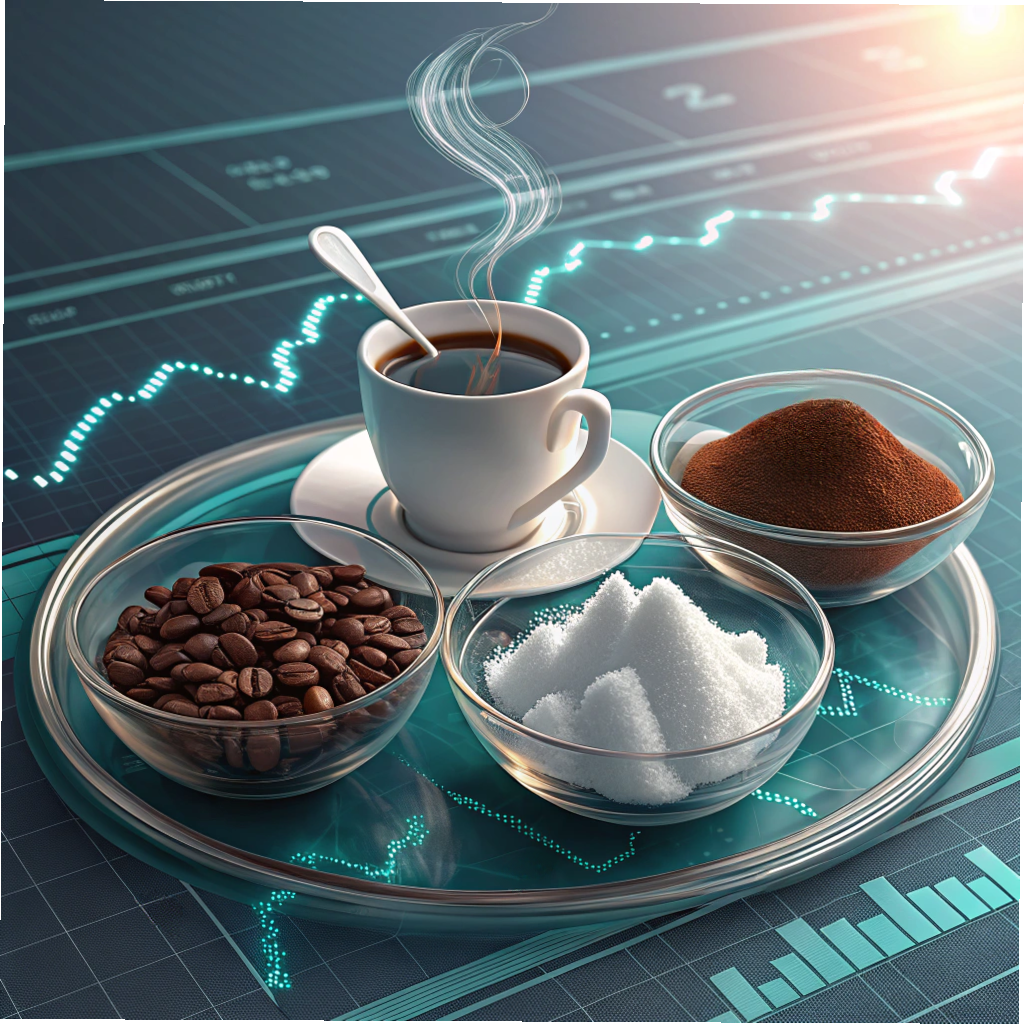
At their core, softs are farm-grown raw materials: coffee cherries, cocoa pods, sugar cane, cotton bolls and more. Unlike mined resources, their supply hinges on planting seasons, harvest cycles and agronomic best practices, making them a unique asset class.
Characteristics of Soft Commodities
- Seasonal Rhythms: Every region has its harvest window, from Brazil’s coffee pick to West Africa’s cocoa reaping.
- Weather Dependence: A single drought or frost event can swing prices dramatically.
- Perishability & Storage: Unlike gold, these crops need climate-controlled storage or swift transport.
- Demand Sensitivity: Shifting consumer tastes — say, a surge in specialty coffee —can turbocharge market moves.
Coffee, Cocoa, and Sugar: The Big Three of Soft Commodities
When you think of soft commodities, these three market leaders come to mind — each with its own supply quirks and profit levers.
Coffee: A Highly Traded Commodity

With two primary grades, Arabica and Robusta, coffee commands billions in daily volume at ICE and CME. Experts track Brazilian frost alerts, Vietnam’s monsoon patterns and global consumption data to anticipate price spikes or dips.
Cocoa: Profiting from a Global Sweet Tooth
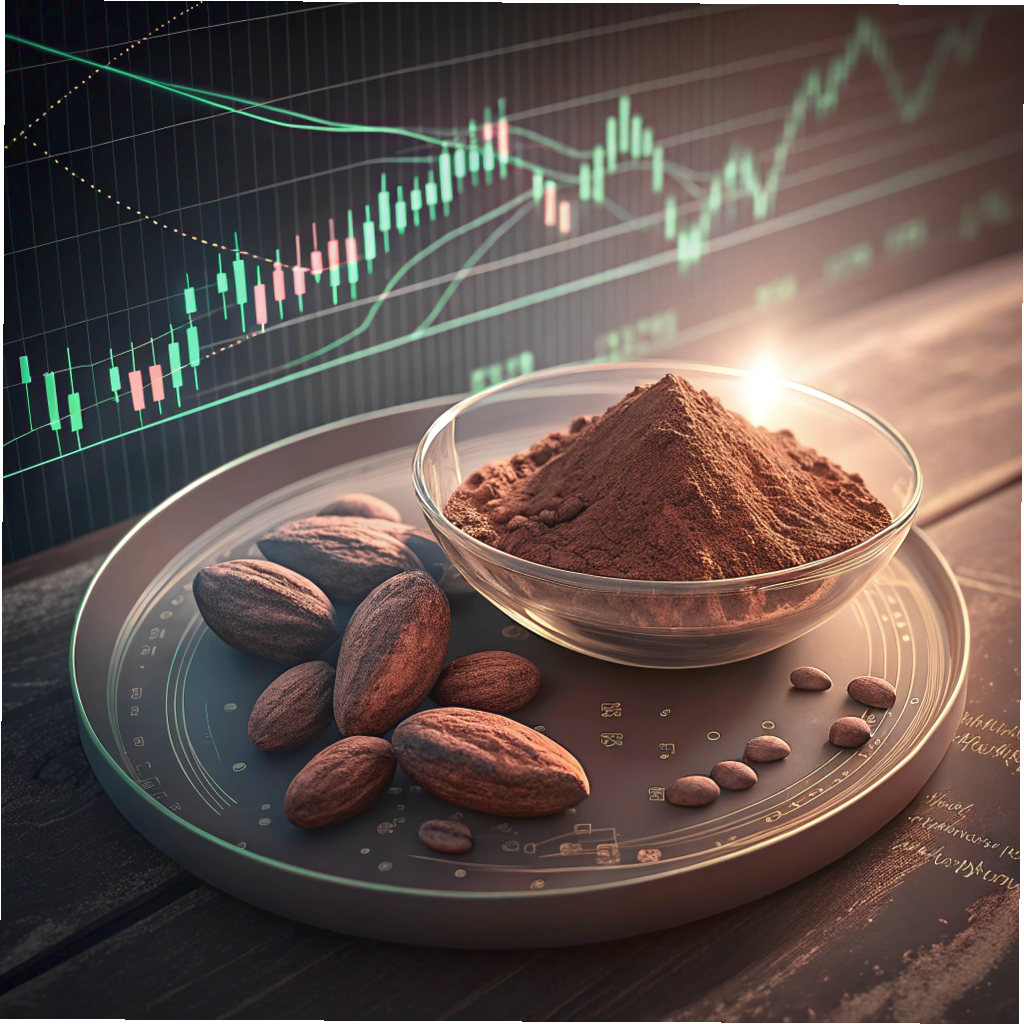
Ivory Coast and Ghana supply over 60% of the world’s beans. Political shifts, crop diseases like Black Pod and inventory reports from major warehouses all feed into cocoa’s roller-coaster pricing — perfect for nimble traders.
Sugar: The Sweet Trading Opportunity
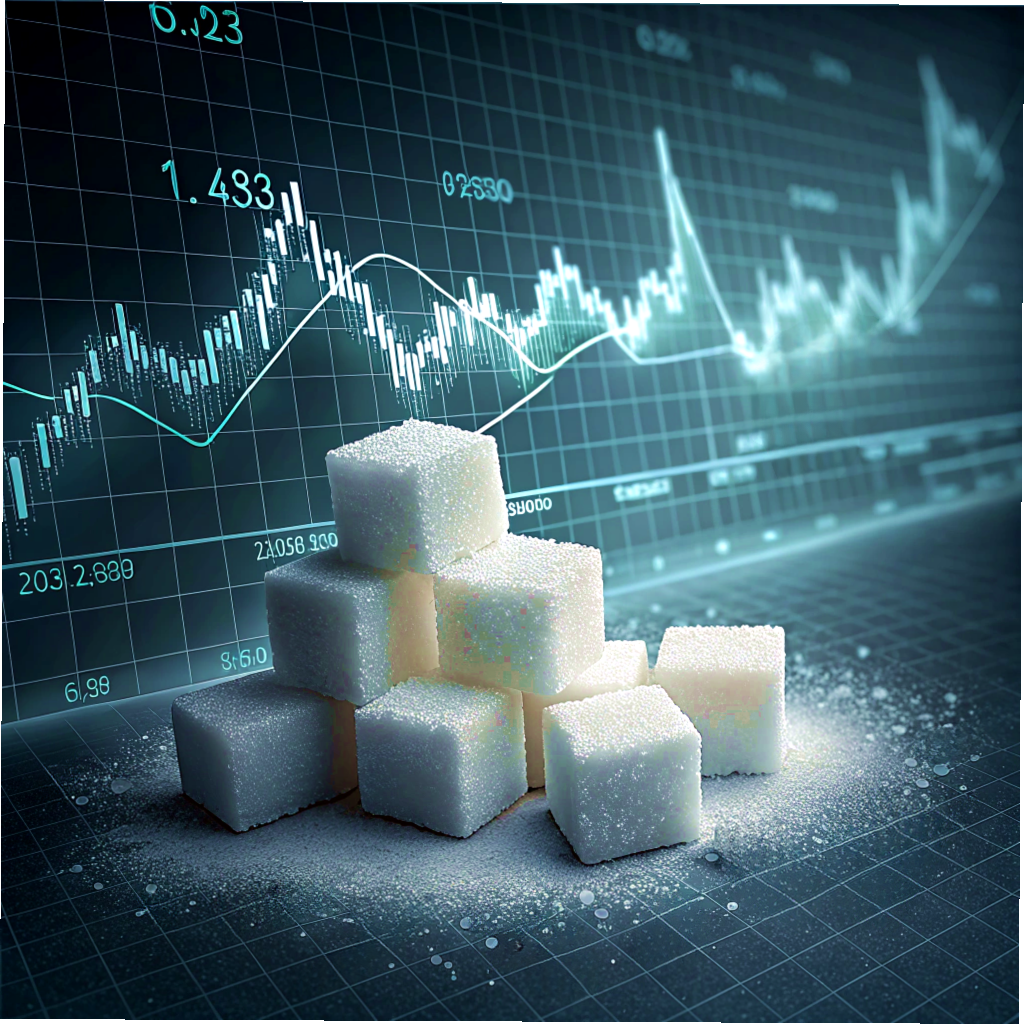
Sugar’s story blends crop yields with fuel policy: ethanol mandates in Brazil, import tariffs in India and carryover stocks in Thailand all shape the market. Seasonal lows post-harvest often give way to rally-prone windows.
Soft Commodities vs. Hard Commodities
Though both trade on futures markets, softs and hards behave very differently.
| Feature | Soft Commodities | Hard Commodities |
| Origin | Farmed (coffee, cocoa, sugar) | Extracted (oil, metals, minerals) |
| Supply Drivers | Crop cycles, weather, pests | Geology, drilling, mining technology |
| Storage | Perishable; needs controlled conditions | Generally storable indefinitely |
| Price Catalysts | Harvest reports, climate events | Industrial demand, geopolitical risk |
| Market Venues | ICE, CME agricultural pits | NYMEX, LME, COMEX |
Trading Soft Commodities: Key Considerations
Trading softs calls for a strong grasp of derivatives and the interplay between spot and forward markets.
Futures and Options Contracts for Soft Commodities
- Futures lock in a price today for delivery later — ideal for hedgers and speculators alike.
- Options provide the right (but not the obligation) to buy or sell, enabling flexible strategies around market uncertainty.
Spot Prices vs. Futures Prices
Spot tells you what coffee sells for today; futures reflect what traders expect it to cost months ahead. The “basis” (spot minus futures) can reveal arbitrage angles when storage costs or interest rates shift.
Factors Affecting Soft Commodity Prices

Several forces converge to push soft-commodity prices up or down. Staying ahead means watching multiple moving parts.
Weather and Climate Conditions
Extended droughts in Brazil’s Cerrado or flooding in Ghana can slash next season’s cocoa output, triggering sharp moves that expert weather models and agronomists help forecast.
Geopolitical Events and Trade Policies
New export taxes in major producing countries, trade embargoes or subsidies can instantly tighten markets. Remember the 2020 sugar export curb in India? Prices jumped as traders scrambled to fill orders.
Volatility and Risk Management in Soft Commodity Trading
High volatility is part of the appeal — and the danger — of softs. Smart risk controls keep you in the game.
Hedging Against Price Fluctuations
Producers often sell futures to lock in revenue; processors buy to secure input costs. As a trader, you can mirror these moves or take opposing positions when fundamentals diverge from sentiment.
Stop-Loss Orders and Capital Protection
Automating exit points with stop-losses caps potential drawdowns. Combined with prudent position sizing, this discipline can shield your account from sudden market shocks.
Profitable Strategies for Trading Coffee, Cocoa, and Sugar
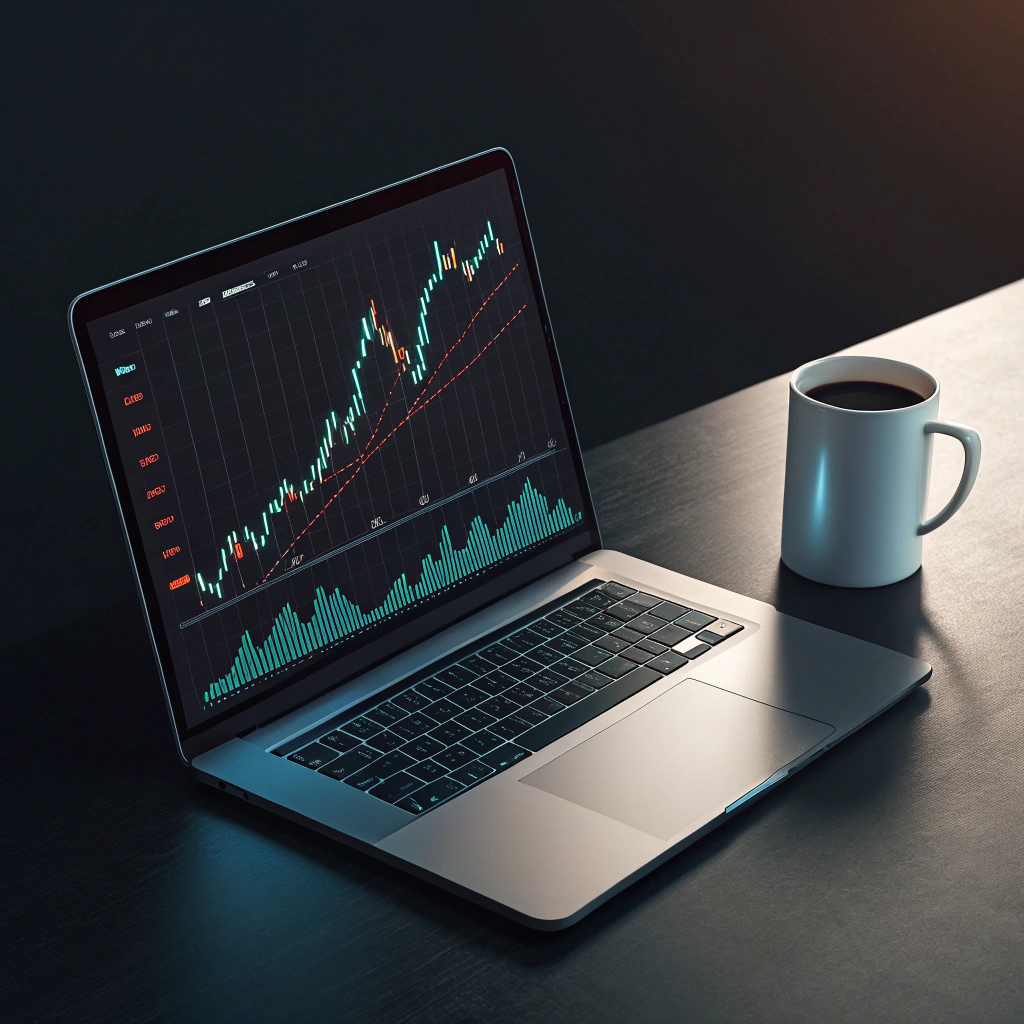
Seasonal insights and charting tools offer complementary lenses for spotting trade setups.
Analyzing Seasonal Trends
Historically, coffee prices rally before Brazil’s May harvest; sugar often bottoms after India’s October crop. Overlaying multi-year patterns can highlight statistically favorable entry zones.
Technical Analysis and Indicators
Moving averages smooth out noise; RSI flags overbought or oversold markets; Bollinger Bands spotlight volatility squeezes. Together, they sharpen your timing for both breakouts and reversals.
The Role of Soft Commodities in the Global Market

Beyond speculative gains, soft commodities fuel industries and economies worldwide.
Impact on Global Supply Chains
A delayed sugar shipment can ripple through confectionery production; a bad coffee harvest affects café margins. Traders who monitor port congestion and logistics data often spot early price cues.
Soft Commodities in B2B Industries
Food processors, textile manufacturers and beverage companies all rely on stable soft-commodity prices. Their purchasing strategies and contract negotiations feed back into futures markets.
Common Mistakes in Soft Commodity Trading
Avoid these traps to preserve capital and improve your win rate.
Ignoring Market Fundamentals
Relying purely on charts without checking the latest crop report or policy update can backfire when unexpected supply changes hit.
Overtrading and Lack of Strategy
Chasing every price spike leads to fatigue and eroded margins. A well-defined plan —entry, target, stop—beats reactive moves every time.
Conclusion: Maximizing Profits in Soft Commodity Trading

Softs offer a compelling blend of seasonal cycles, weather-driven swings and global demand trends. Pair fundamental insights with technical tools — and always keep risk in check.
Key Takeaways for Coffee, Cocoa, and Sugar Traders
- Research weather patterns and crop forecasts religiously.
- Combine seasonal studies with technical indicators.
- Protect your capital via hedges and stop-losses.
- Watch trade policies and supply-chain updates.
Frequently Asked Questions (FAQ)
How can I start trading soft commodities?
Open a futures account with a regulated broker, learn contract specifications, then practice on a demo platform before using real funds.
What are the most important factors in trading soft commodities?
Seasonality, climate events, geopolitical shifts and global inventory levels top the list.
Are there any specific tools for soft commodity traders?
Platforms like MetaTrader, TradingView, USDA reports and specialized weather-analytics services are staples for professional soft-commodity desks.
Can I trade soft commodities without significant capital?
Yes — micro-futures and options on futures let you gain market exposure with smaller margins, though leverage still calls for disciplined money management.

